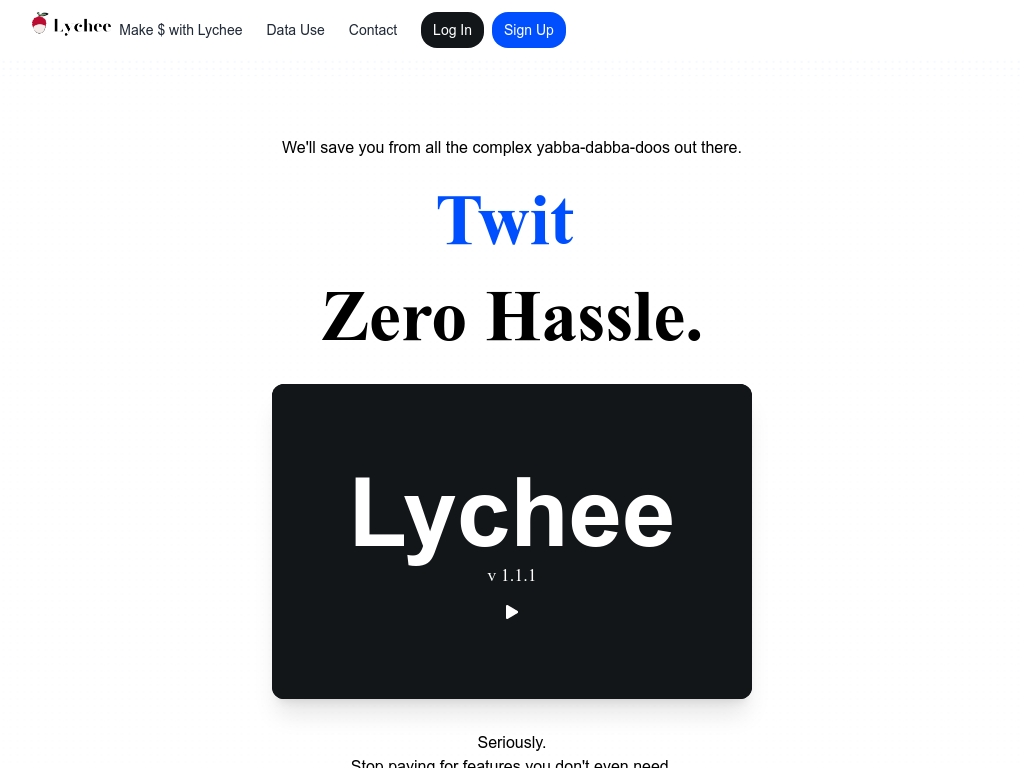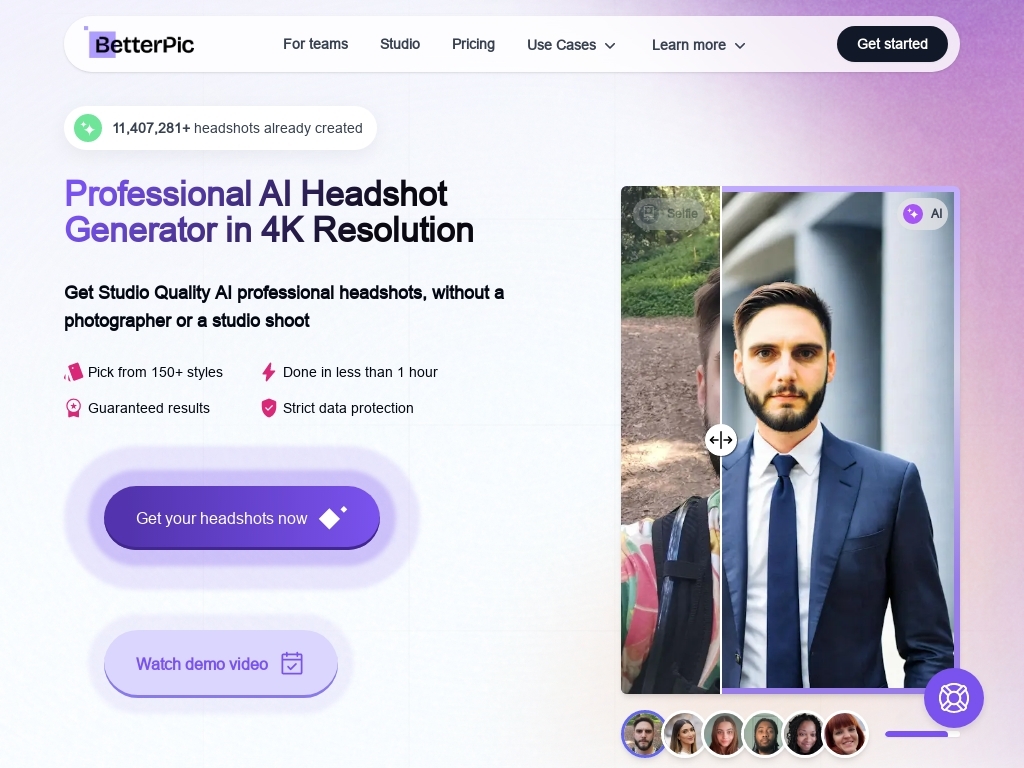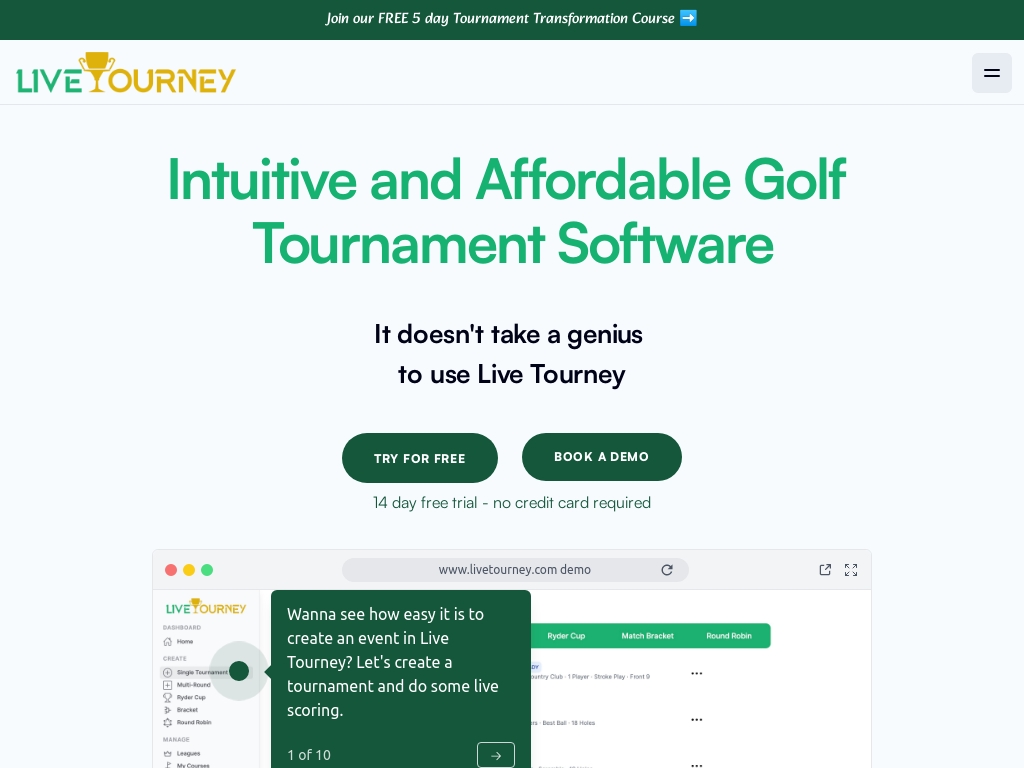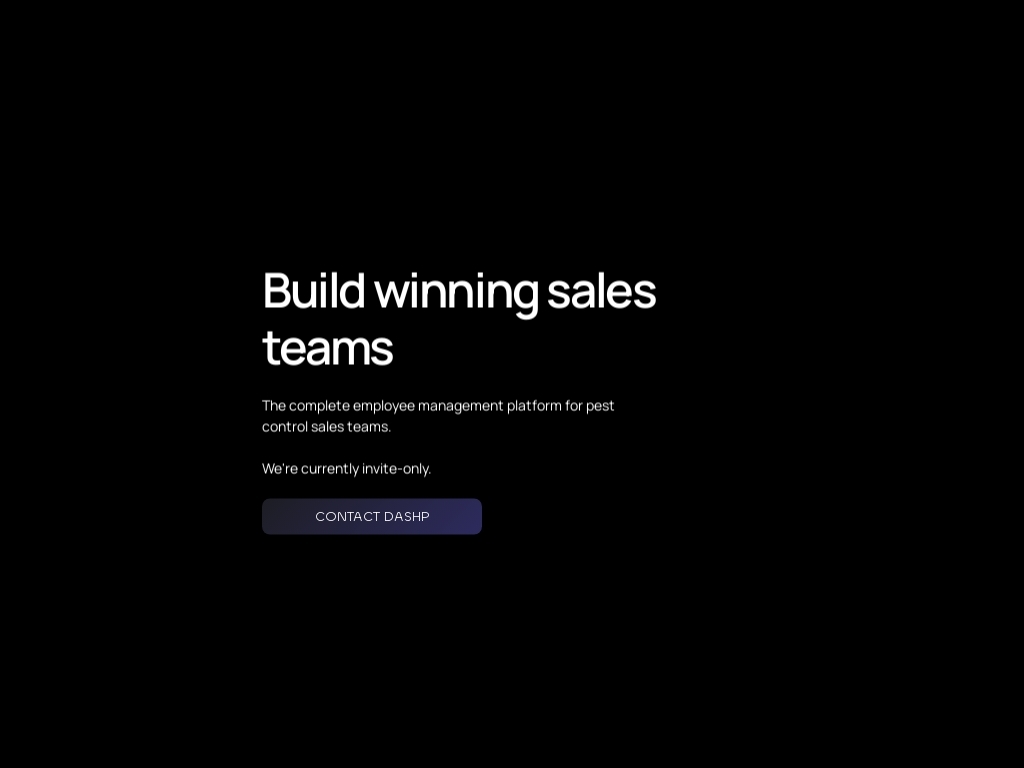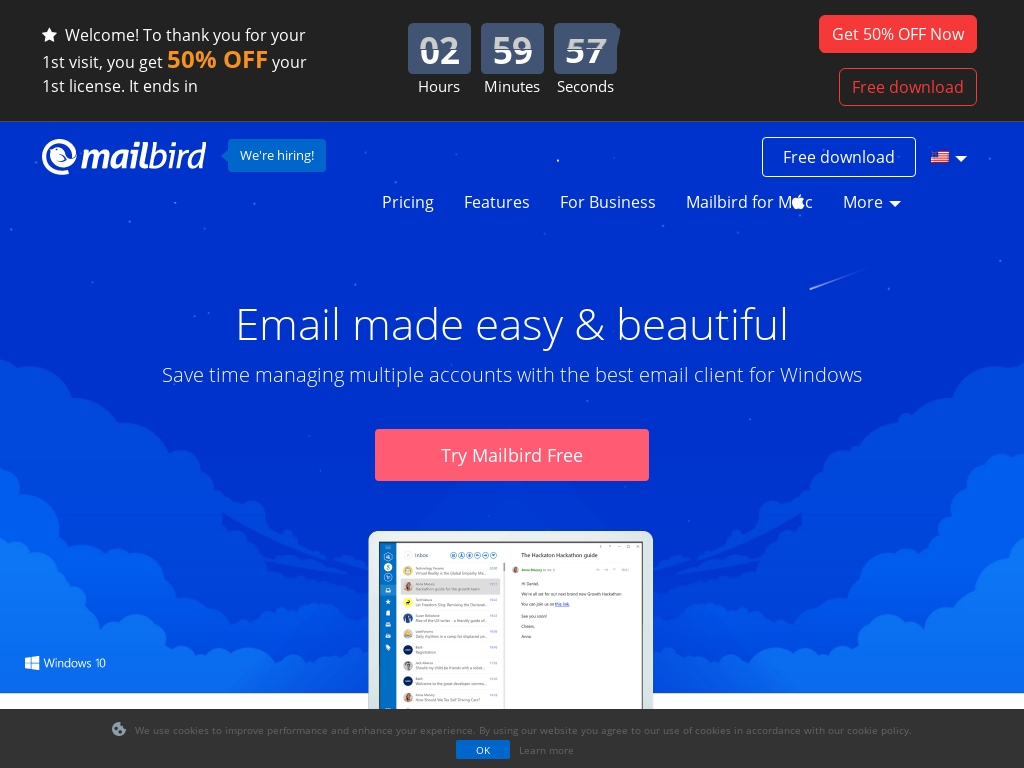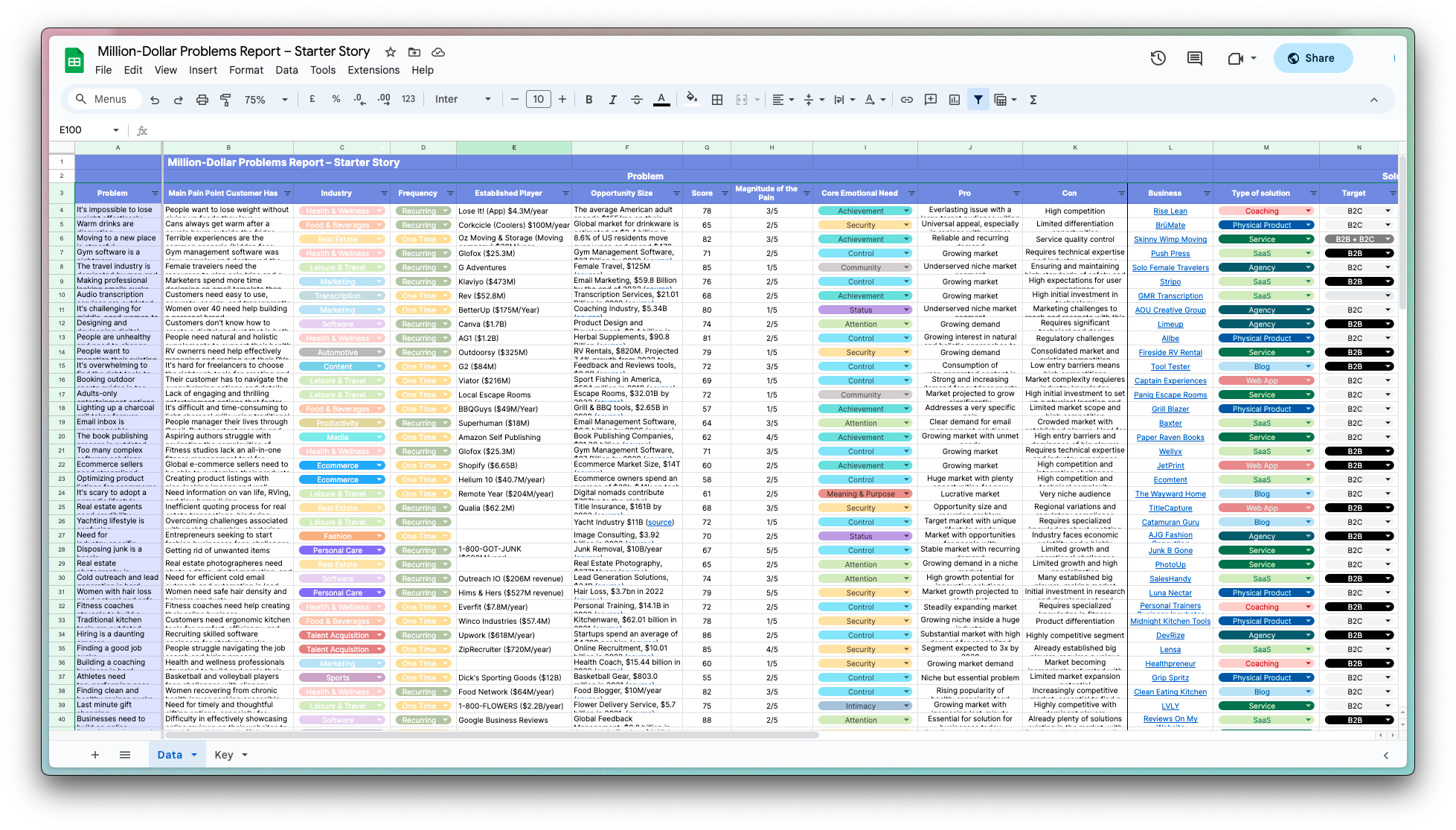
How Haptik Secured 43 Enterprise Clients with One Salesperson
Who is Aakrit Vaish?
Aakrit Vaish, the co-founder of Haptik, is from India and holds a bachelor's degree in industrial engineering from the University of Illinois at Urbana-Champaign, and he previously worked at Motorola, Deloitte, and Flurry Inc.
What problem does Haptik solve?
Haptik solves the problem of time-consuming customer interactions by providing AI-powered chatbots that let companies efficiently handle queries in multiple languages, making life simpler for users who want quick answers.
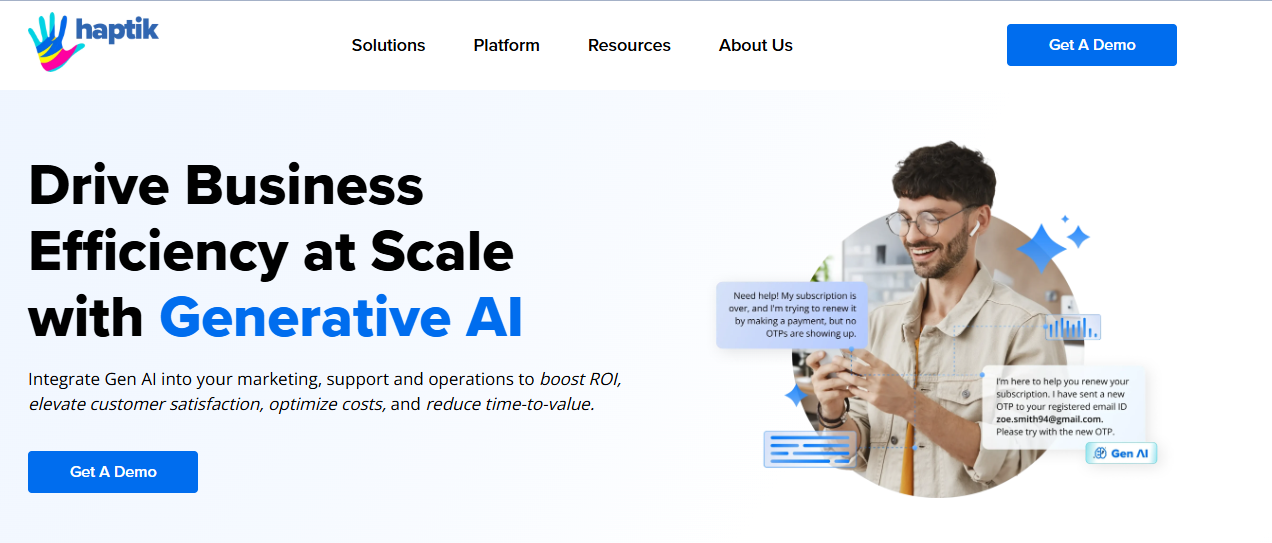
HaptikAI Homepage
How did Aakrit come up with the idea for Haptik?
Aakrit Vaish, co-founder of Haptik, recognized the untapped potential of using conversations as a tool for more than just peer-to-peer communication. While observing the rise of messaging apps, he noticed that people were addicted to the way these platforms facilitated conversations. This insight led him to envision a broader use for conversational interfaces, especially in interacting with businesses or brands.
To validate their idea, Vaish and his team initially launched Haptik as a consumer app, aiming to gather real-world data and understand user interactions. They realized early on that the consumer app alone wasn't sufficient for their vision as the use of chat for task completion was just a small part of their bigger picture. This understanding prompted a pivot towards enterprise customers, where they found a stronger fit and greater interest.
Throughout this process, they relied on feedback and demand from enterprises, which provided valuable insights that helped refine their offering. One of Vaish's key takeaways was the importance of staying true to the core thesis—using conversations as a powerful tool for task completion—without straying too far from this guiding principle.
How did Aakrit Vaish build the initial version of Haptik?
Haptik's journey began as a consumer app in late 2013, quickly evolving into a robust conversational AI platform. The initial prototype was primarily a personal assistant app, built over a few months, designed to leverage real-world data from users to refine its underlying datasets. Utilizing a tech stack that heavily relied on machine learning algorithms, the team faced challenges in scaling and handling thousands of concurrent requests, which they addressed through continuous learning and iteration. Building the platform was no easy feat, as it involved in-house development for every bit of software needed to create, maintain, and customize the chatbots, thus ensuring that each bot was tailored to meet client-specific needs while handling complexities like transliterations and syntactical errors.
What was the growth strategy for Haptik and how did they scale?
Enterprise Partnerships
Haptik gained significant traction by transitioning from a consumer app to enterprise solutions. Enterprises began reaching out to Haptik to license their technology for white-label use. One salesperson managed to acquire 43 large clients due to the high inbound demand. This channel worked because enterprises saw value in Haptik’s proven consumer app technology, which could be adapted for their specific use cases. By leveraging these partnerships, Haptik rapidly expanded its client base among well-known enterprises like Coca-Cola, Samsung, and Amazon Pay.
Why it worked: Enterprise partnerships allowed Haptik to scale rapidly with minimal sales resources. The high demand from businesses seeking conversational AI solutions validated the effectiveness and desirability of Haptik’s technology. These partnerships not only generated revenue but also positioned Haptik as a trusted provider for large-scale clients.
Inbound Demand
When Haptik shifted focus to enterprise clients, they discovered that many enterprises had already experienced their consumer app and were eager to adopt similar technology for business use. The organic inbound demand from enterprises made it possible to acquire many clients with just one salesperson. This proactive interest from enterprises reduced the need for outbound sales efforts and allowed Haptik to focus on refining its product and customer relationships.
Why it worked: The initial consumer app was a testing ground that showcased Haptik’s capabilities. Enterprises that used the app saw its potential and sought out Haptik’s solutions for their needs. This natural progression from consumer to enterprise clients allowed Haptik to efficiently leverage its existing technology and data, making the transition seamless and appealing to businesses.
What's the pricing strategy for Haptik?
Haptik utilizes a customized pricing model based on enterprise needs, often employing a tiered pricing structure that scales according to factors like number of users and functionalities.
What were the biggest lessons learned from building Haptik?
- Adapt and Pivot: Haptik initially started as a popular consumer app but quickly recognized that scaling to millions of users required a shift in approach. By listening to market demand from enterprises, they pivoted to offer white-labeled solutions, seizing a more sustainable and lucrative market.
- Data-Driven Decisions: The company's success in AI hinges on the continuous gathering of real-world data. This approach ensures that their technology remains powerful and relevant, helping them to iterate and enhance their offerings efficiently. ]3. Embrace Core Values: Despite pivots and evolutions, Haptik has remained true to its core thesis: leveraging conversational AI to enhance user-business interactions. This focus keeps them aligned with their mission and aids in making strategic decisions.
- Leverage Native Strengths: Realizing the unique communication styles in their target market, Haptik has prioritized developing voice-based and multilingual capabilities. This strategic move aligns with user preferences and makes their technology more inclusive and accessible.
- Strategic Scaling: Initially, global expansion proved challenging due to a lack of local understanding and execution. By focusing on building a strong team and understanding market needs first, Haptik is better positioned to succeed in new territories.
Haptik Acquisition: How much did Haptik sell for and what was the acquisition price?
Haptik was acquired by Reliance Jio in April 2019 for $100 million, marking a significant expansion into the conversational AI industry for the conglomerate.
Discover Similar Business Ideas Like Haptik
|
|
Idea
|
Revenue
|
|---|---|---|
|
Lychee
|
"Modern data platform replacing traditional spreadsheets."
|
$10K
monthly
|
|
Betterpic
|
AI-powered platform for professional headshots from selfies.
|
$20K
monthly
|
|
Live Tourney
|
Golf tournament management and live scoring SaaS.
|
$3K
monthly
|
|
ShipFast
|
Same-day delivery service for e-commerce stores.
|
$50K
monthly
|
|
dashp
|
Commission management software for pest control sales teams.
|
$8.33K
monthly
|
|
Queue
|
"All-in-one platform for productized service businesses."
|
$133K
monthly
|
|
Mailbird, Inc.
|
Email client unifying inboxes on Windows and Mac.
|
$170K
monthly
|
More about Haptik:
Who is the owner of Haptik?
Aakrit Vaish is the founder of Haptik.
When did Aakrit Vaish start Haptik?
2013
What is Aakrit Vaish's net worth?
Aakrit Vaish's business makes an average of $/month.
How much money has Aakrit Vaish made from Haptik?
Aakrit Vaish started the business in 2013, and currently makes an average of .
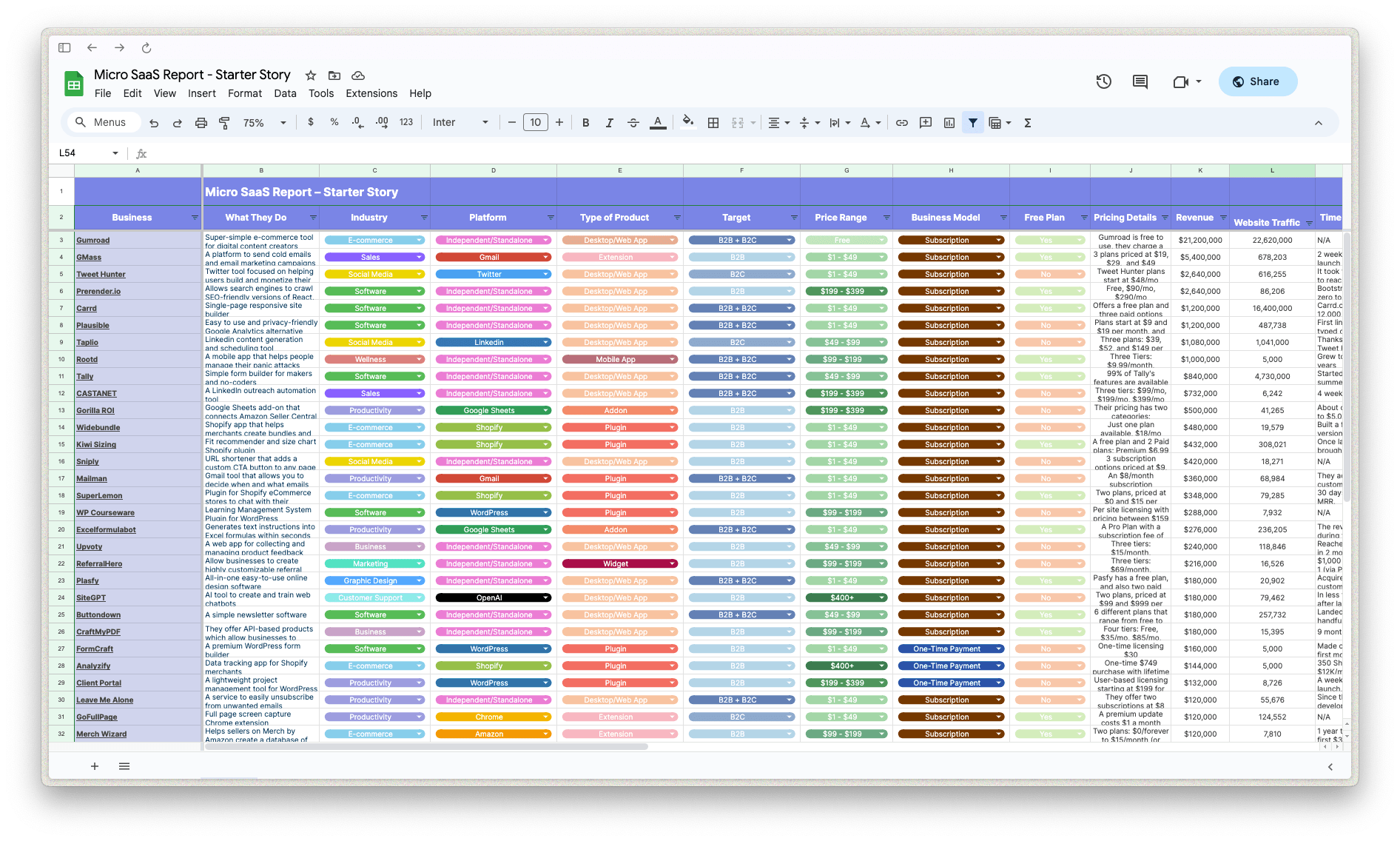
Download the report and join our email newsletter packed with business ideas and money-making opportunities, backed by real-life case studies.

Download the report and join our email newsletter packed with business ideas and money-making opportunities, backed by real-life case studies.

Download the report and join our email newsletter packed with business ideas and money-making opportunities, backed by real-life case studies.

Download the report and join our email newsletter packed with business ideas and money-making opportunities, backed by real-life case studies.

Download the report and join our email newsletter packed with business ideas and money-making opportunities, backed by real-life case studies.

Download the report and join our email newsletter packed with business ideas and money-making opportunities, backed by real-life case studies.

Download the report and join our email newsletter packed with business ideas and money-making opportunities, backed by real-life case studies.

Download the report and join our email newsletter packed with business ideas and money-making opportunities, backed by real-life case studies.
